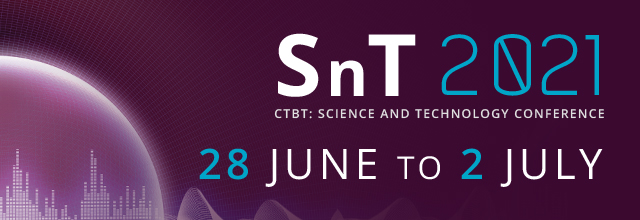Speaker
Description
The Dead Sea Transform fault system (DST) is responsible for the earthquake activities in the region. Seismicity information including historical and instrumental data indicate that many destructive earthquakes occurred in and around the DST. Realtime monitoring systems around seismogenic zone are important for early detection of earthquake, seismic hazard and seismic risk assessments. Since the last damaging earthquake 90 years ago, the population's awareness of such threats has decreased from generation to generation.
The COVID-19 pandemic has affected the seismological monitoring and other monitoring technologies, duties and tasks. Additionally, technological Monitoring institutions should consider establishing pandemic-specific policies and procedures, capabilities for employee communications, telecommuting and personal leave to minimize disruptions. Due to their duration, impacts on personnel in the regions that absorb additional work cannot be overstated, from the start of the pandemic to several weeks in, when contractor resources can start to meaningfully contribute. Scale can vary, and to date it has been regionally concentrated with some global impacts; we have not seen a fully global crippling pandemic yet, although this remains a possibility.
Focus on lessons learned from the COVID-19 pandemic for enhancing duties and tasks in the seismological monitoring in the DST region and around.
Promotional text
Contribution lessons learned from the COVID-19 pandemic crisis

